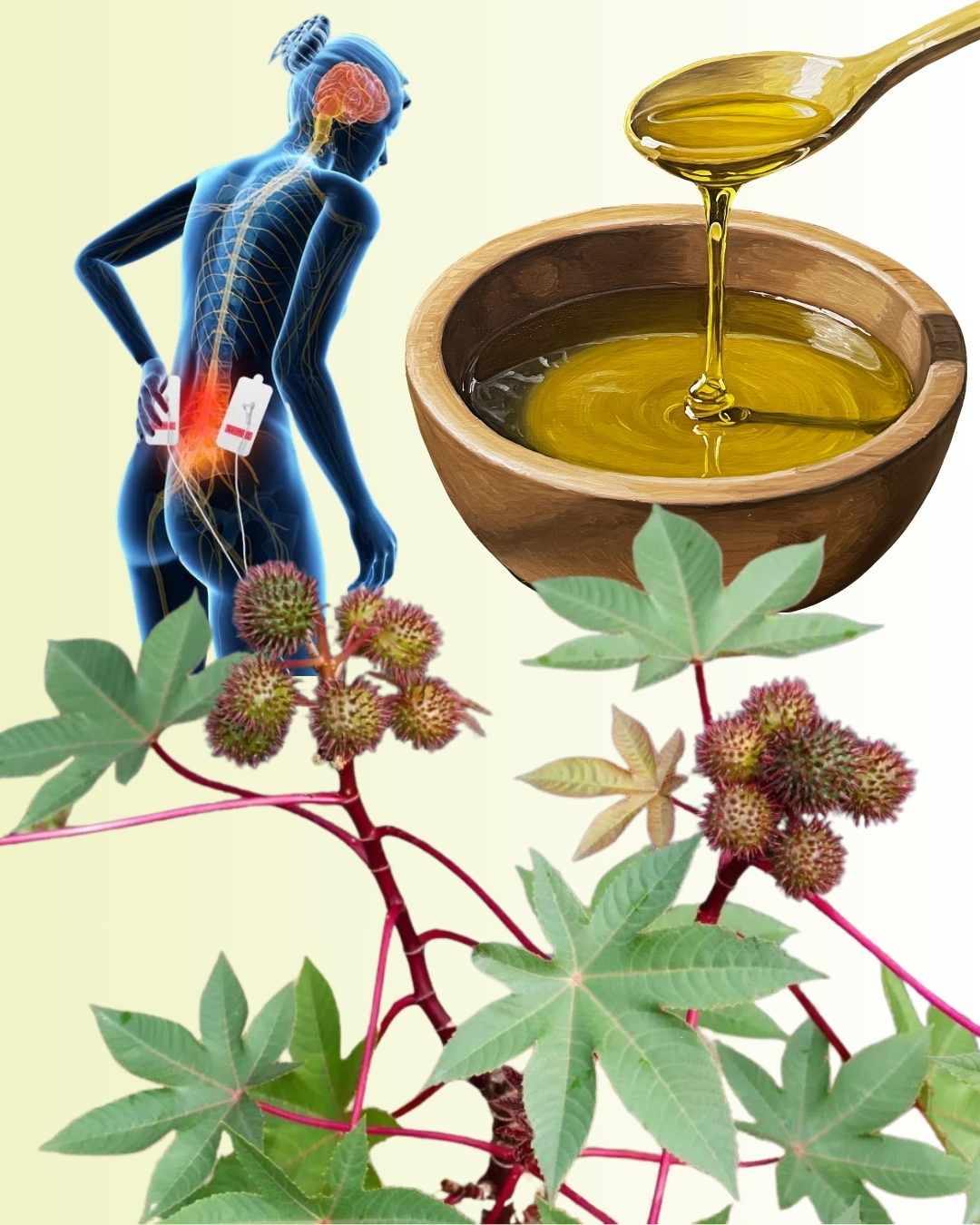Did you know that the castor plant growing quietly in many backyards could be a hidden source of gentle healing? While it’s best known for castor oil, the leaves of Ricinus communis are packed with anti-inflammatory, antioxidant, and antimicrobial compounds. In traditional medicine—from Ayurveda to folk remedies—they’ve been used for generations to support wellness in all sorts of ways. Modern research has backed some of this up, finding leaf extracts with antioxidant, anti-inflammatory, and even antiviral activity.
Here are some of the most meaningful ways people use castor leaves—and how you might, too, with care and respect:
- Soothe aching joints or tired muscles. A warm poultice of softened leaves gently laid over the area can help reduce swelling and discomfort. This reflects the plant’s traditional role in relieving inflammation.
- Support skin healing. Crushed or softened leaves have been applied to minor wounds, insect bites, or irritated skin, leveraging their antibacterial and antioxidant traits.
- Ease muscle loss and fatigue. Experimental studies suggest that castor leaf extract may help protect muscle mass under stress (for example, during certain medical treatments) through its antioxidant activity.
- Promote joint health. Some animal research supports its use in arthritis: castor leaf extract has been shown to reduce inflammation and oxidative stress in joint tissue.
- Natural anti-microbe support. Several types of studies (lab-based) have found antibacterial and antifungal properties in castor leaf extracts.
✨ How to Use Castor Leaves with Care
Use the leaves externally—never eat raw leaves, seeds, or pods. The castor plant does contain some toxic compounds (especially in the seeds), so caution is wise.
If you’re making a simple remedy at home:
- Gently wash fresh leaves.
- Soften them by lightly warming (e.g. steaming or in a warm cloth).
- Place the warm leaves on the area you wish to treat (joint, skin, muscle), and leave for 20–30 minutes.
- Rinse afterward with warm water.
If you’re considering internal or more “medicinal” use (like teas or infusions), please consult a herbalist or natural-health practitioner first. Also, do a patch test on your skin before applying leaves more widely, because some people may be sensitive.
A Thought to Hold in Your Heart
There’s something deeply grounding about turning to what’s growing in your own garden for healing. Using castor leaves is like tapping into an old, gentle wisdom—nature offering its help in small, steady ways. It’s not a magic bullet, but a companion on a journey of health, self-care, and connection with the earth.
